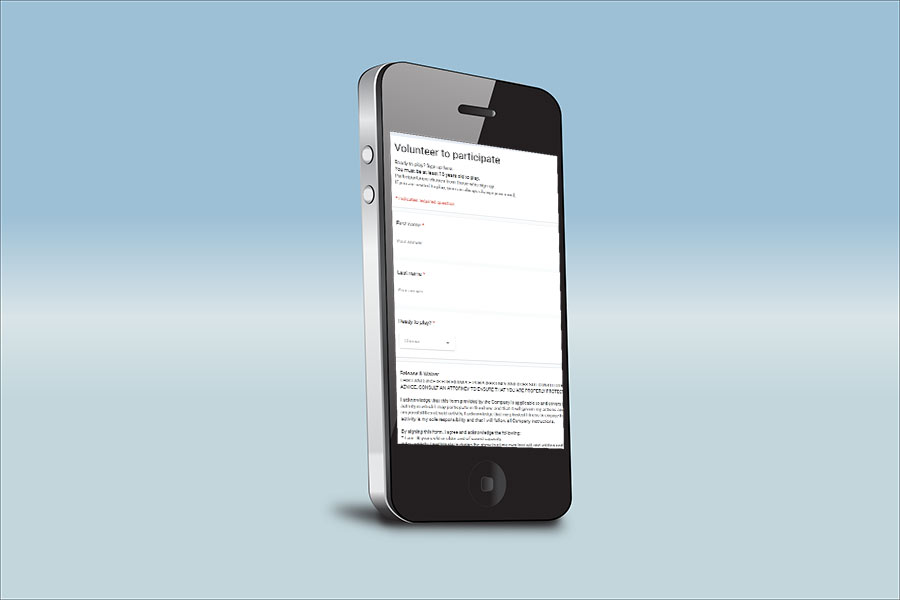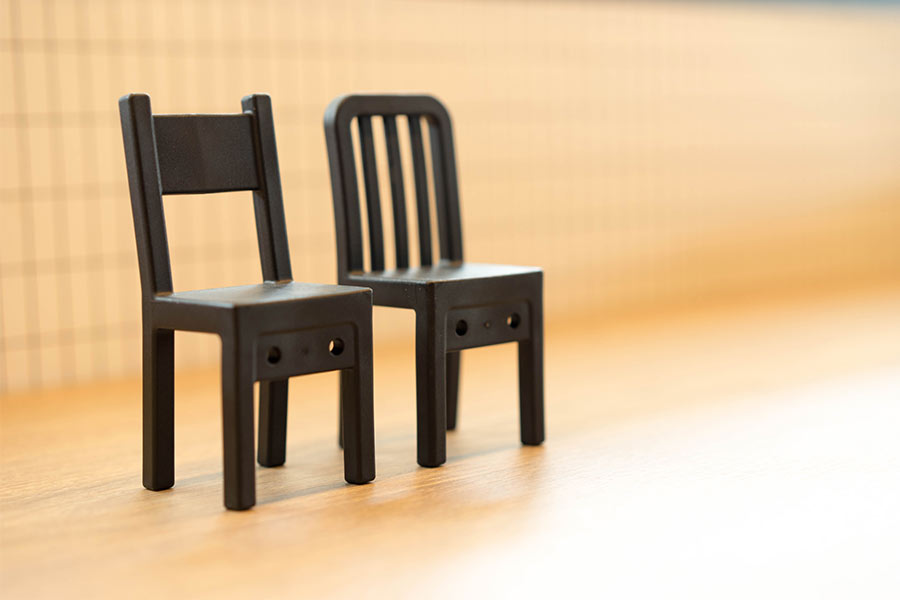
Encyclopedia search
Athletes, musicians, singers, and dancers all warm up. So do inter-actors. A warm-up prepares your mind and body before you practice alone, train with others, or perform with an audience.
Stand facing a wall. Keeping the body straight and the feet stationary, fall forward and catch yourself with your hands on the wall. Push your body back to an upright position. Repeat.
Two catchers stand at the far side of the room. With eyes closed, another player walks toward the catchers and is gently stopped before hitting the wall. The blind player opens eyes and takes the place of one of the catchers. The replaced catcher moves into the line of people who are waiting to cross the room.
It can be scary to move forward when you can’t see what’s ahead. (Try going for a blind walk.) When you don’t know where things are going, don’t let “not knowing” keep you from moving forward. Advance with confidence. See where the story and the spect will lead you.
When you’re engaged in a physical activity, talk about something else. This helps you release control over what you’re saying, which can lead to fun discoveries. It also allows you to use the activity as subtext.
Player A speaks one sentence or makes a physical offer, waits for Player B to do as much or little as they like, then responds to that. The pattern repeats through the scene.
When you allow room for spects to contribute, sometimes you need to wait. How you wait can affect whether or not they respond. Just waiting is flat and lifeless, and less likely to elicit a response. On the other hand, waiting with expectation helps draw out spects’ responses. Assume that they have a contribution to make, and wait with anticipation for it to show up. Sometimes it just takes a little longer than you expect. Expectation, coupled with good eye contact, turns dead air into a pregnant pause before spects put their ideas into play.
The Volunteer App is an easy way to gather a pool of willing participants. Here’s how it works.
Vignettes are interactive stories that play out in a single scene, typically lasting between five and fifteen minutes. Many vignettes are focused on a one-on-one encounter between a spect-actor and an inter-actor. They may be played on a stage or in a real-world setting. The simplicity of a vignette keeps the focus on the inter-actor’s ability to engage with a spect.
When an offer isn’t fully defined, that’s an undefined offer. Undefined offers are ambiguous.








